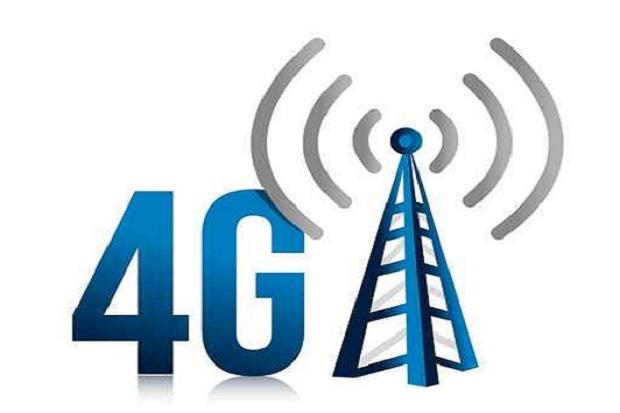Beamforming and 8T8R LTE Radios
New technologies, new techniques
One of the early lessons learned by operators deploying LTE TDD was that of implementing beamforming with 8T8R (8 transmit, 8 receive) radio modules from the beginning. China Mobile is utilizing beamforming with 8T8R within the majority of its base stations from day one, a consequence of its TD-SCDMA experience, while most other LTE TDD operators are thinking the same way. Sprint also announced its plans to deploy the same capability to all its TDD eNodeBs.
So what is beamforming? To put it simply, it is a more efficient way of sending signals in specific directions to improve throughput and reliability. Traditional radio antennas were usually omnidirectional, and wasted energy sending signals to where they were not necessarily needed..
Field Tests & Results for 8T8R

Field tests on base stations equipped with beamforming and 8T8R technologies confirm the sustainability of the solution. Operators can make the most of transmission (Tx) and receiving (Rx) diversity by adding in Tx and Rx paths at the eNodeB level, and beamforming delivers a direct impact on uplink and downlink performance at the cell edge.
By using 8 receiver paths instead of 2, cell range is increased by a factor of 1.5 – and this difference is emphasized by the fact that the number of sites needed is reduced by nearly 50 per cent. Furthermore, using the beamforming approach in transmission mode generates a specific beam per user which improves the quality of the signal received by the end-user’s device, or user equipment (UE). In fact, steering the radiated energy in a specific direction can reduce interference and improves the radio link, helping enable a better throughput. The orientation of the beam is decided by shifting the phases of the Tx paths based on signal feedback from the UE. This approach can deliver double the cell edge downlink throughput and can increase global average throughput by 65 per cent.
Practical Implementations of 8T8R LTE
These types of deployments are made possible by using innovative radio heads and antenna solutions. In traditional deployments, it would require the installation of multiple remote radio heads (RRH) and multiple antennas at the site to reach the same level of performance. The use of an 8T8R RRH and a smart antenna array, comprising 4 cross-polar antennas in a radome, means an 8T8R sector deployment can be done within the same footprint as traditional systems.
Various vendors have worked with customers on these types of deployments, in various locations around the world. A whole portfolio of RRH is available on band 38, 39, 40, 41 with an output power of 8x5W per carrier. As an example one RRH on band 41 supports up to 160W total (8 times 20W) and up to 120MHz of aggregated carrier bandwidth to fit with large TDD bandwidth and capacity needs. The same RRH can be configured in different operating modes to offer full deployment flexibility such as 3 sectors in 2T2R to reduce the number of remote radio heads deployed in specific areas. Those radio modules are ready for LTE advanced capabilities such as the aggregation of carriers within an entire frequency band for better throughput.
We are confident that the 8T8R solution with beamforming is a great way of taking LTE TDD deployments forward. It enables better performance and reduces the number of eNodeBs required without any major compromise to the cell site footprint. There is no negative impact on the UE side since any LTE TDD UEs that have already been deployed today already support this mode. 8T8R with beamforming is now well set to become an integral part of the LTE TDD mix now and best prepare future enhancements brought by LTE advanced features.
For Further Information
Please Contact Us
